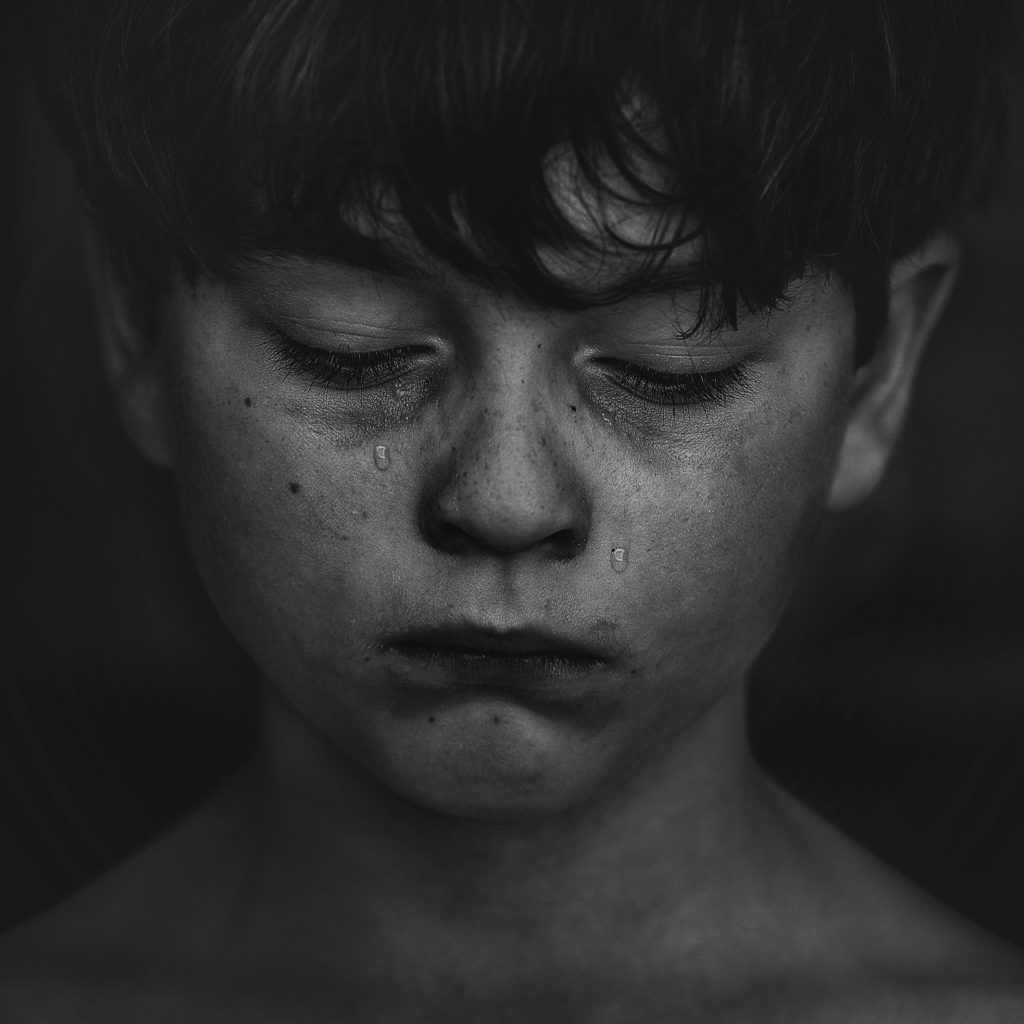Children’s Vulnerabilities Can Lead to Trafficking

Experts agree that child sex trafficking can happen to anyone from any gender, race, religion, age, or socioeconomic background. However, there are factors that make certain youth more vulnerable than others. These include those impacted by poverty, a lack of education, low self-esteem, a lack of supervision, children in foster care and a history of child abuse.
April is National Child Abuse Prevention Month. To truly combat trafficking, we need to look at the root causes of this issue and address those as well. Children who come from abusive homes are often the targets of traffickers because they lack good boundaries, have low self-esteem and either run away from home or look for love and validation in all the wrong places.
Online predators are master manipulators who know how to target the most vulnerable youth online and prey on those vulnerabilities. They often will befriend youth online through a grooming process that may take weeks or even months. They convince them to either meet them in person or send nude photos and then the blackmail them into a life of sex trafficking.
Traffickers also can come in the form of a boyfriend pimp, who provides love and validation until their victims are manipulated into sex trafficking. Or they may pose as a kind stranger to a runaway who offers to buy them a meal and place to stay. These master manipulators spend their time learning how to effectively groom our children, especially those who are most vulnerable, into a life of regret, shame, and abuse.
To tackle the exploitation of our children we must learn how to recognize this abuse and prevent it from happening in the first place. Then, we have the power to empower our youth in learning how to say no and not falling prey to the vulnerabilities that entrap them into a life of slavery.
According to Polaris, there has been a 40% increase in trafficking since the beginning of COVID. Some signs to look for if you suspect trafficking: is the person fearful, timid, or submissive; does the person avoid eye contact or seem to lack confidence? Several survivors admitted nobody noticed they were trafficked while they were at school. Yet, they were missing school and doing drugs. To recognize signs of trafficking, click here: https://humantraffickinghotline.org/human-trafficking/recognizing-signs.
To help protect homeless and runaway youth who need support, Call your U.S. senators and tell them: Homeless and runaway youth need dedicated support. It’s time to pass a relief package that includes provisions to keep these vulnerable young people safe and put them on a path to a better future. Then follow-up your call by sending them a message. Contact your senators and tell them if they haven’t already, it’s time to join the effort to protect homeless and runaway youth from human trafficking.
For more resources on child abuse prevention, visit https://www.childwelfare.gov/topics/preventing/preventionmonth/resources/resource-guide/ . Here are some additional resources from the United States Conference of Catholic Bishops: https://bit.ly/3rSjo30 on how to report abuse.
To schedule a presentation with the Diocese of Orlando Human Trafficking Task Force, email ccommerce@cflcc.org.